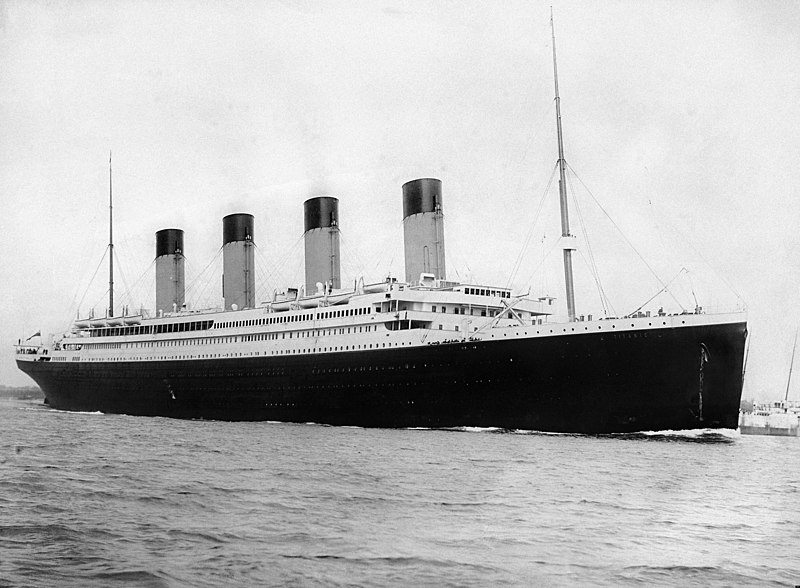Embarking on its maiden voyage on April 10, 1912, the RMS Titanic set sail from Southampton, England, a majestic symbol of human ingenuity and luxury. With its grand reputation as the largest and most elegant ocean liner of the time, the Titanic, carrying over 2,200 passengers and crew, was a sight to behold. Little did they know that the voyage would soon become a tragic maritime history chapter.
The White Star Line’s engineering masterpiece, the Titanic, was designed to redefine luxury and safety on Atlantic routes. Its advanced watertight compartments and reinforced hull design were hailed as revolutionary, leading the ship’s promoters to declare that it was unsinkable boldly. The vessel’s breathtaking stairwells, elegant dining areas, and luxurious first-class accommodations were a testament to its grandeur, while the third-class accommodations provided a gateway to the American dream for many immigrants.
The ship’s voyage commenced at Southampton and then traveled to Cherbourg, France, and Queenstown, Ireland, after which the ship navigated its route to New York. Business executive John Jacob Astor IV joined socialite Margaret “Molly” Brown among several influential persons who sailed aboard the vessel.
The Titanic operated at high speed during its journey across the North Atlantic while numerous vessels alerted them about icebergs. During the evening of April 14, a calamitous event occurred when the ship ran into an iceberg, which penetrated the hull and rapidly flooded multiple compartments. The Titanic sank within hours after its initial collision with an iceberg, which claimed the lives of more than 1500 crew members and passengers because the ship lacked enough lifeboats and the ocean temperature became dangerously cold.
The Titanic’s tragic sinking led to significant changes in maritime regulations, making lifeboat requirements more stringent and establishing the International Ice Patrol to prevent future disasters. The voyage that began on April 10, 1912, has since become one of the most well-known and studied incidents in history, serving as a reminder of the power of nature and the limitations of human technology.

